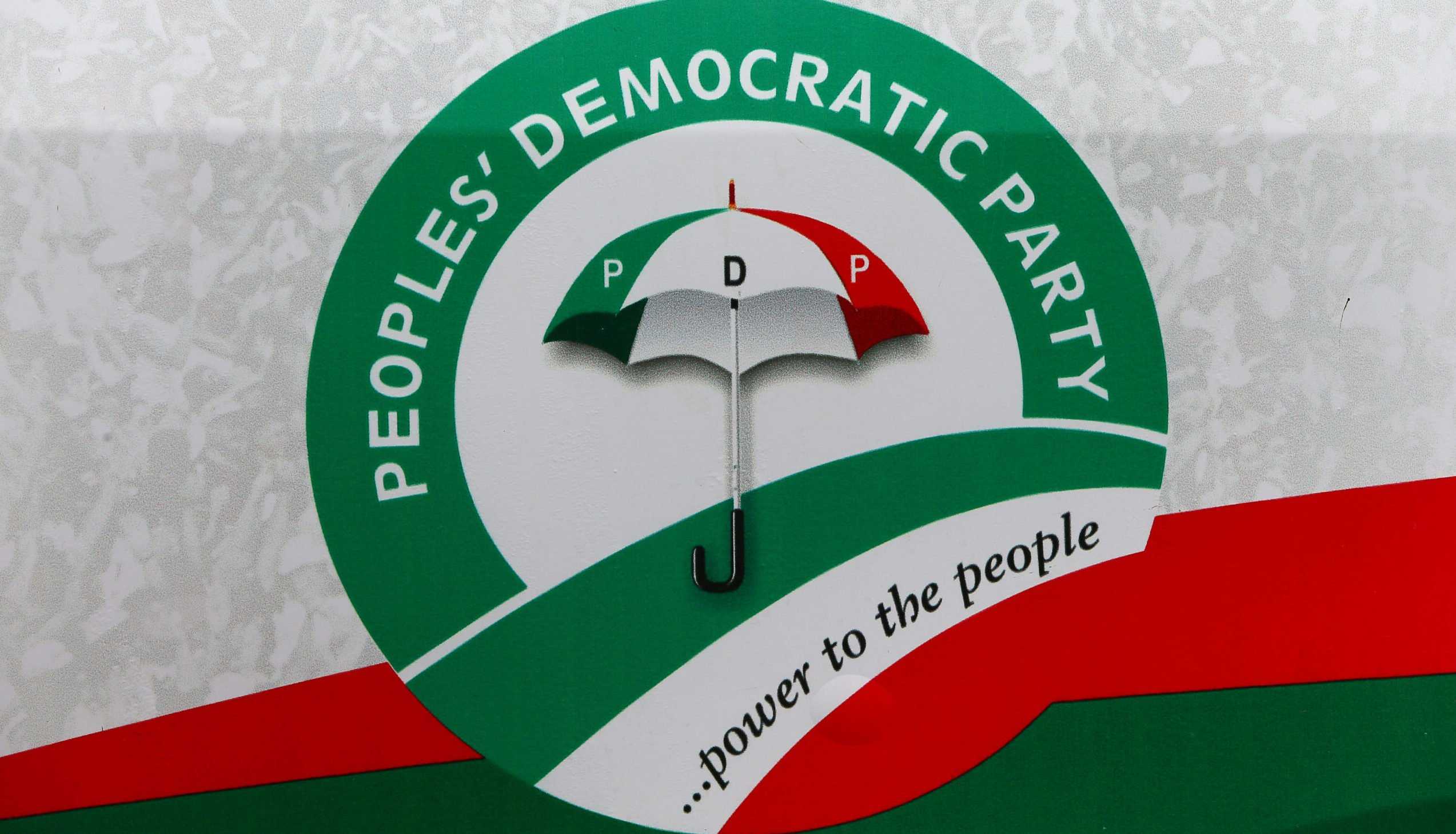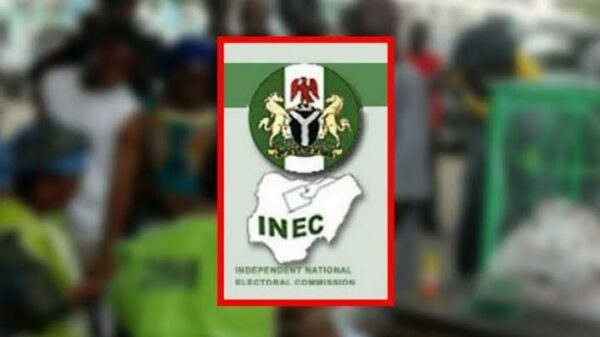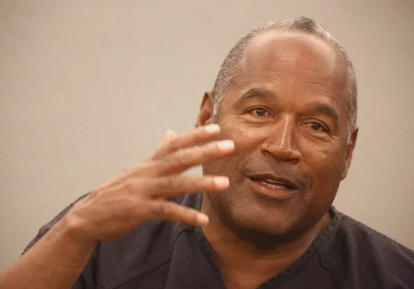How A Thumbs-Up Emoji Costs A Farmer $82k In Contract Case By Ishola Ayodele (2023)
Overview
In a groundbreaking ruling, Justice Timothy Keene of the Court of King’s Bench in Saskatchewan has recognized the use of emojis as a valid means of forming a contractual agreement. The case, which involved a farmer’s failure to deliver flax to a grain buyer, hinged on the interpretation of a thumbs-up emoji as acceptance of a contract. This landmark decision sets a precedent for the legal status of emojis in contract law and highlights the need for individuals to understand the implications of digital communication.
Background
South West Terminal, a grain buyer, sent a text message to farmers seeking to purchase 86 tonnes of flax at a specified price. The buyer, Kent Mickleborough, engaged in subsequent phone conversations with Swift Current farmer Chris Achter and texted him a picture of a contract to deliver the flax. Achter responded with a thumbs-up emoji. However, when the delivery date arrived, Achter failed to fulfill the contract, claiming that the emoji only confirmed receipt of the message, not acceptance of the contract.
The Legal Ruling
Justice Timothy Keene, in his June decision, upheld Mickleborough’s claim that the thumbs-up emoji constituted an agreement. The judge referred to a definition from Dictionary.com, which described the thumbs-up emoji as expressing assent, approval, or encouragement in digital communications. Justice Keene acknowledged that using an emoji as a signature was unconventional but emphasized its common usage and acceptance in contemporary society. The ruling held that the farmer’s use of the emoji met the requirements for a valid signature, and therefore, Achter breached the contract.
Implications and Future Challenges
The court’s decision marks a significant shift in contract law, recognizing the changing dynamics of digital communication and the increasing prevalence of emojis. It establishes the principle that emojis can be legally binding and enforceable as signatures, provided their meaning aligns with the intent of the parties involved. The ruling also highlights the importance of clarity in digital communications and the need to interpret emojis within their intended context.
Some legal experts anticipate challenges arising from the interpretation of various emojis in different contexts, necessitating further guidance and clarification in future cases. Critics argue that allowing emojis to act as signatures could lead to ambiguity and disputes regarding their intended meaning. Nonetheless, Justice Keene’s ruling acknowledges the evolving nature of technology and emphasizes the court’s readiness to address new challenges posed by emojis and similar forms of communication.
Public Reaction
The case has garnered significant attention from the media and the public due to its unique nature and potential implications for contractual agreements in the digital age. The ruling’s publicity has sparked discussions surrounding the role of emojis in formal communication, with some praising the decision as a progressive adaptation to modern communication norms. Others express concerns about the potential pitfalls and ambiguities that could arise from relying on emojis as binding signatures.
In conclusion, Justice Keene’s decision recognizing the thumbs-up emoji as a valid signature in the case of Achter v. South West Terminal establishes an important precedent in contract law. The ruling reflects the changing landscape of communication and acknowledges emojis as a legitimate means of expressing intent and agreement. As the use of digital communication continues to evolve, this landmark decision paves the way for future legal interpretations and reinforces the importance of clear and responsible communication in contractual relationships.
Lessons for PR professionals
This case study offers several lessons for PR. Here are few of these lessons:
Proactive Communication
The case highlights the importance of proactive communication in the face of novel or controversial situations. Both the grain buyer and the farmer should have recognized the potential for misinterpretation when using emojis in a contractual context.
Proactively and timely addressing issues through clear and transparent communication as well as seeking mutual understanding could have prevented the dispute and potential reputational damage. and communication helps manage customer expectations and can prevent minor issues from escalating into major crises. A survey by HubSpot Research shows that 82% of consumers expect an immediate response from businesses when they have a question or issue.
Clarity in Digital Communication
The case emphasizes the need for clarity and precision in digital communication, particularly when using non-traditional forms of expression like emojis. Parties should ensure that their intended meaning is clearly conveyed and understood to avoid misunderstandings or differing interpretations. This applies to both personal and professional interactions, where the implications of digital communication can have legal ramifications. In a survey by Slack, 66% of respondents reported that unclear or inefficient communication hinders their productivity in remote work settings and 44% of employees surveyed in a report by the Economist Intelligence Unit, identified unclear communication as a major barrier to effective collaboration within remote teams.
Clarity in digital communication becomes even more critical when the parties are not physically present together as 42% of social media users between the ages of 18 and 34 have deleted their own social media posts because they realized their content was unclear or could be misinterpreted according to a study published in the Journal of Computer-Mediated Communication.
Public Perception and Reputation Management
The case highlights the significance of public perception and reputation management. Given the novelty and media attention surrounding the case, the parties involved should have been prepared to address public inquiries and concerns. Developing a strategic PR plan to manage public perception and clarify any misconceptions can help mitigate reputational risks and preserve stakeholder trust.
Adapting to Technological Advancements
The ruling acknowledges the need for courts and individuals to adapt to technological advancements and changing communication norms. Businesses and individuals should stay abreast of developments in technology and their legal implications to effectively communicate and conduct their affairs.
Being proactive in understanding emerging trends can help mitigate risks and capitalize on new opportunities which is why as PR professionals we must always be mindful of the Mexican Statement definition of PR which says “the art and science of monitoring and analyzing trends, predicting their consequences, counseling organizational leaders and implementing planned programme of action that can serve both the organization and the public’s interest.”
Of great importance is the part which talks about ‘predicting the consequences of the emerging trends.’ This is because it is only when we are able to empirically predict the consequence of an emerging trend that we can be able to devise the most effective adaption or coping strategies need to overcome the challenges the new trend may present.
Thought Leadership and Industry Engagement
PR professionals can position their organizations or clients as thought leaders by actively engaging in discussions surrounding emerging trends and their impact on the industry. In this case, PR practitioners could participate in conversations about the legal implications of emojis and contribute insights to shape the narrative around the topic. Thought leadership helps establish credibility, build relationships, and influence public perception.
Crisis Preparedness
The case serves as a reminder to be prepared for potential crises that may arise from unconventional situations. Having a crisis management plan in place, including protocols for addressing legal disputes and managing media attention, can help organizations respond effectively and protect their reputation. Regular training and simulations can also enhance crisis preparedness and minimize the impact of unforeseen events.
A stream of studies on Organizational Crisis Preparedness which investigated the impact of crisis preparedness factors such as readiness, training, and capacity on crisis communication in organizations found that organizations with higher levels of crisis preparedness were more likely to have effective crisis communication strategies. Crisis readiness and training were identified as crucial components that influenced an organization’s ability to handle crises successfully.
Legal Expertise and Guidance
In complex or novel situations, seeking legal expertise and guidance is crucial. Both parties involved in the case could have benefited from legal counsel specializing in digital communication and contract law to ensure that their rights and obligations were clearly understood. Seeking professional advice early on can help navigate potential pitfalls and minimize the risk of disputes.
Ishola Ayodele is Strategic Communication Specialist who specializes in ‘Message Engineering’. He helps Leaders, Organizations and Brands communicate in a way that yields the desired result.
Sent via [email protected]
















































